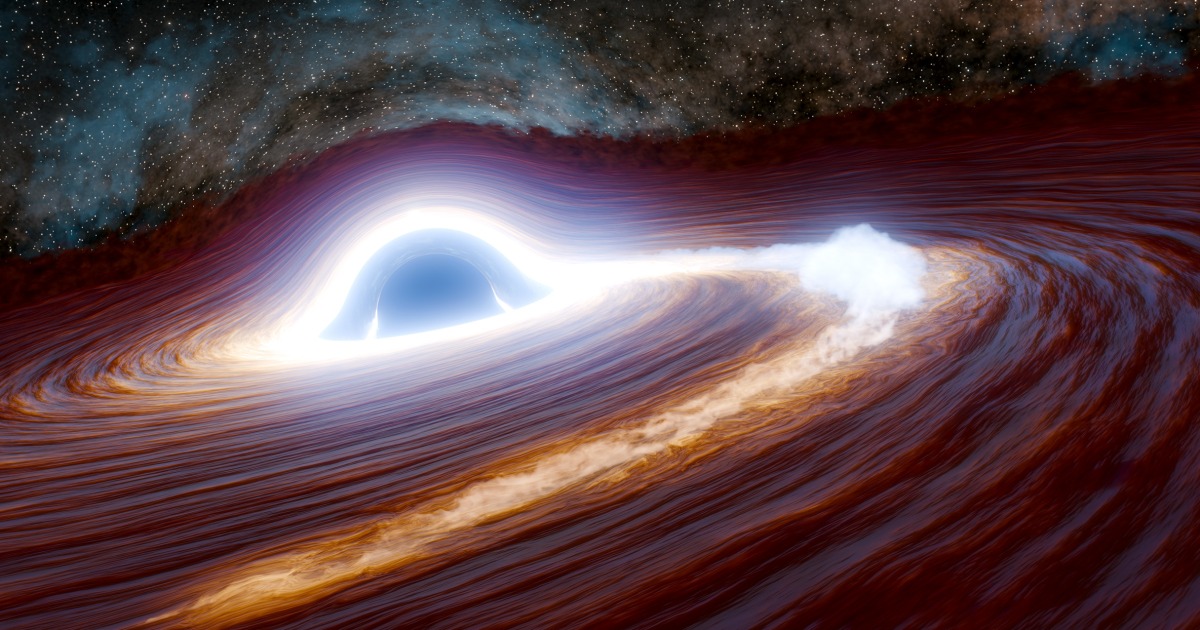A strange luminescence shimmering beneath Antarctic waters has sparked global intrigue. Detected by satellites, the glowing phenomenon near the icy continent may hold clues to unseen biological activity and changing ocean chemistry. Researchers are now venturing into one of Earth’s least explored regions to uncover the source of this unexpected light. The findings are beginning to redefine how scientists view the Southern Ocean’s hidden ecosystems.
Unraveling The Mystery Beneath The Ice
Satellites’ observation of a glowing patch near Antarctica initially puzzled researchers. What appeared as a faint turquoise shimmer on satellite imagery was later confirmed to be a vast bloom of coccolithophores—tiny phytoplankton encased in calcium carbonate shells that reflect sunlight. These organisms, typically associated with warmer seas, were found thriving in subpolar waters. This discovery challenges long-standing assumptions about their environmental range.
The revelation stems from a detailed expedition and subsequent publication in the Global Biogeochemical Cycles study, which combined satellite data with direct oceanic sampling. William M. Balch, a marine biologist and oceanographer at the Bigelow Laboratory for Ocean Sciences, led the research that uncovered the source of the Antarctic glow.
“Satellites only see the top several meters of the ocean, but we were able to drill down with multiple measurements at multiple depths,” explained Balch. “We’ve never had such a complete suite of integrated measurements through the water column in this part of the ocean.”
This hybrid approach provided an unprecedented look into the biogeochemical processes shaping the Southern Ocean’s reflective properties.
Beyond The Satellite View
The brilliance detected from space is more than a visual spectacle—it reflects an intricate interplay between life, light, and minerals. Coccolithophores coat themselves with microscopic plates made of calcite, a material that scatters sunlight and gives the ocean its milky glow. By studying these formations in such a remote region, scientists are piecing together how carbon cycles between the ocean and atmosphere may be shifting in response to climate variability.
Balch remarked,
“We’re expanding our view of where coccolithophores live and finally beginning to understand the patterns we see in satellite images of this part of the ocean we rarely get to go to. There’s nothing like measuring something multiple ways to tell a more complete story.”
His team’s results suggest that these organisms may play a larger role in regulating the planet’s albedo—its reflectivity—and potentially influence heat absorption across vast oceanic areas.
Redefining The Southern Ocean’s Hidden Dynamics
The glow near Antarctica isn’t just a fleeting curiosity—it could mark a pivotal point in understanding global carbon exchange. Scientists now suspect that the Southern Ocean’s biological productivity might be underestimated due to limited data coverage and harsh exploration conditions. By deploying multi-depth sensors, autonomous floats, and chemical tracers, researchers aim to model how these microscopic communities interact with ocean currents, nutrient flows, and changing sea ice.
This work could reshape predictions about carbon sequestration in the world’s coldest waters. If coccolithophores are expanding their habitat southward, it might alter how the ocean stores carbon dioxide, with potential implications for global climate models. The mystery glow, then, becomes not just an optical anomaly—but a signal of deep ecological transformation.
Shedding Light On An Oceanic Enigma
For scientists, the discovery underscores the importance of integrating spaceborne observation with hands-on fieldwork. By aligning satellite readings with water-column samples, they are revealing how subtle color shifts in the ocean’s surface can point to major ecological trends. The Antarctic glow may soon serve as a benchmark for understanding similar phenomena in other remote marine regions.
As Balch’s team continues its analysis, the Southern Ocean—long shrouded in mystery—emerges as a dynamic frontier of discovery, where even a faint shimmer beneath the ice can illuminate vast new insights into Earth’s climate system.
Source link


